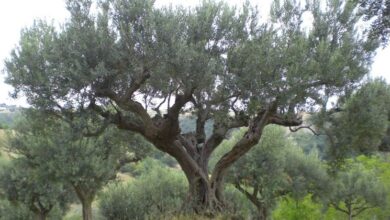Gaura
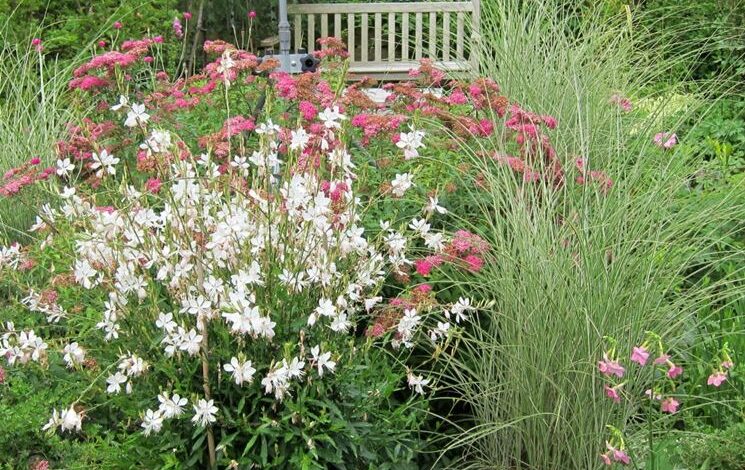
How to irrigate
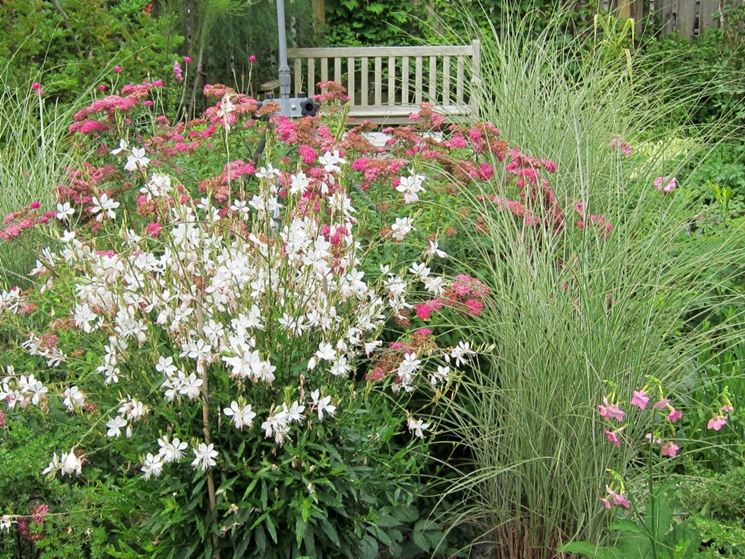
How to cure Gaura
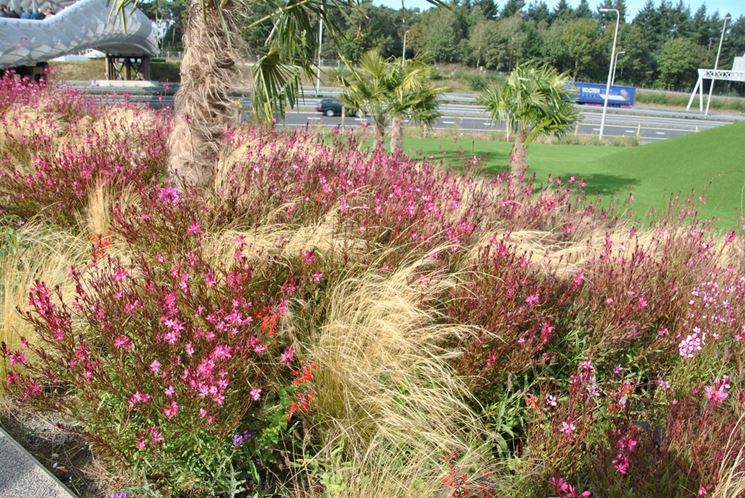
The Gaura likes to be exposed in a particularly sunny area, where it can enjoy sunlight for at least 6 hours a day. If placed in a semi-shaded spot, however, this plant is able to flower quite well. The absence of flowering occurs only when the Gaura is exposed in a completely shaded area. As far as the climate is concerned, this plant adapts to various temperatures, even the most rigid ones, but it is better that it is found in an area where the climate is around 20 ° C. In addition, the Gaura is not afraid of atmospheric agents, therefore, in winter it is not necessary to take special precautions. Pruning is not necessary and it is recommended to simply remove the dried flowers in order to avoid attack by insects or parasites.
How to fertilize
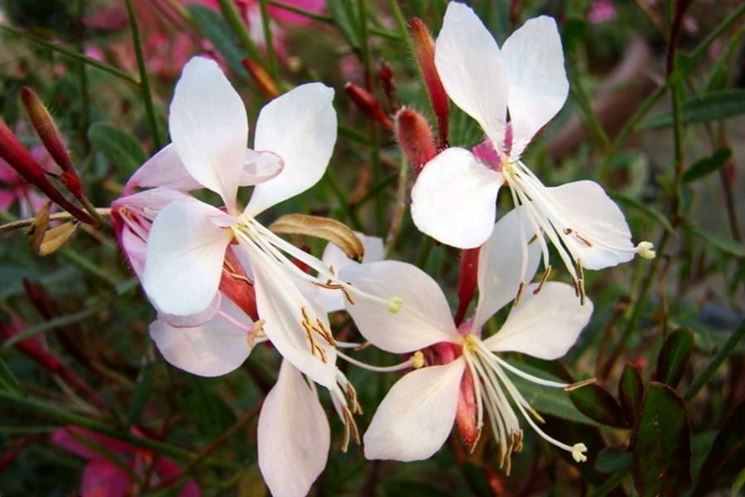
The fertilization of the Gaura can take place in two distinct ways: through a liquid fertilizer or through a slow release granular fertilizer. The fertilizer must be supplied starting from the vegetative restart and interrupted with the arrival of the cold season. The use of a specific fertilizer for flowering plants that is mainly rich in nitrogen and potassium is recommended. If you opt for a liquid fertilizer you can dilute it with irrigation water in slightly lower doses than what is stated on the package. As for the soil, Gaura is a plant that can grow well on any type of substrate, in any case it is recommended to try to provide it with a soil that is fresh and well draining.
Diseases and remedies
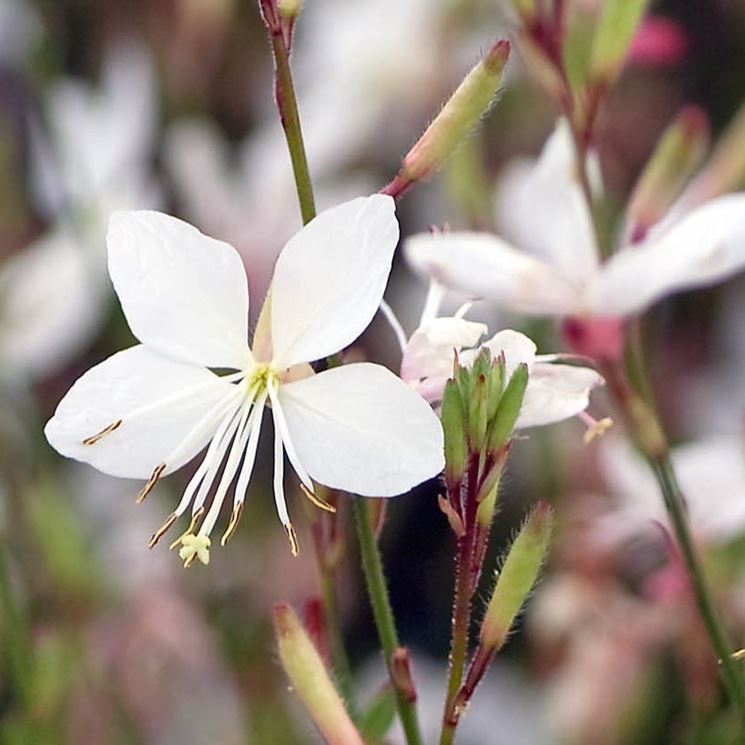
Gaura is hardly attacked by molds or fungi. On the contrary, however, this plant can easily be infested with insects or parasites. Among these, it is possible that the Gaura suffers an attack by aphids, or plant lice. These parasites nest mainly on the leaves or its flowers and must be treated quickly with a special pesticide as soon as their presence is noticed. In case of excessively hot and dry climate, the Gaura can be infested by the red spider mite that causes gray, yellowish or rusty spots. Also in this case it is good to proceed with the appropriate products. This plant can also be affected by diseases caused by poor cultivation methodology. For example,


